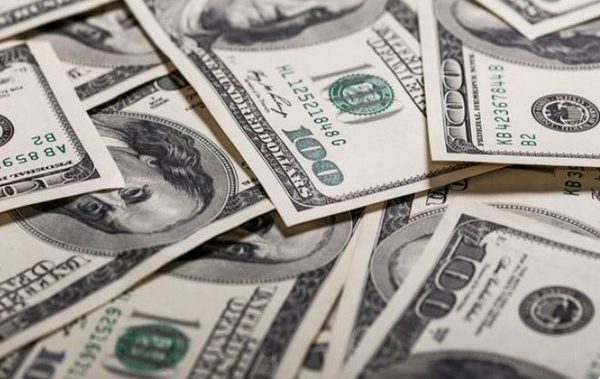Indian stock indices edged marginally higher on Friday morning after touching nearly a four-week low the previous session, tracking Asian peers and relatively firm overnight US market cues.
Benchmark Sensex and Nifty were 0.2 per cent higher each from their Thursday closing. Nifty metal, pharma, PSU bank sectoral indices were the top movers this morning.
“The ‘triple whammy’ of up-trending dollar, US bond yields and Brent crude is showing signs of easing. If this trend continues it will facilitate a recovery in markets. Stability in the US market yesterday also can be a supportive factor,” said VK Vijayakumar, Chief Investment Strategist at Geojit Financial Services.
Lately, the indices slumped sharply after the US central bank, while keeping its interest rate steady in the September meeting, hinted that it may again hike rates going ahead if need be, in its fight against inflation.
Rising global crude oil prices and subsequent strengthening of the US dollar also weighed on the financial markets.
Going ahead, the RBI monetary policy scheduled for October 4-6 will be monitored closely by the investors. RBI typically conducts six bi-monthly meetings in a financial year, where it decides interest rates, money supply, inflation outlook, and various macroeconomic indicators.
RBI in its past three meetings – April, June, and August — held the repo rate unchanged at 6.5 per cent. The repo rate is the rate of interest at which RBI lends to other banks.
According to SBI Research, the monetary policy committee is expected to yet again pause the key repo rate.
“Domestically, we believe at 6.50%, we are in for a prolonged pause as seasonality of inflation is tapering first…,” SBI Research report, authored by Soumya Kanti Ghosh, Group Chief Economic Adviser, said recently. (ANI)
Read More: https://lokmarg.com/

